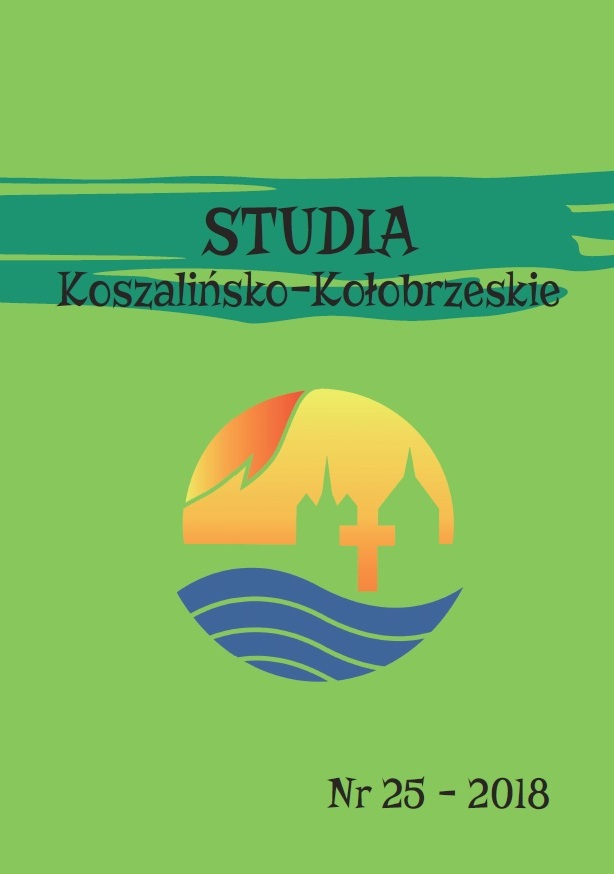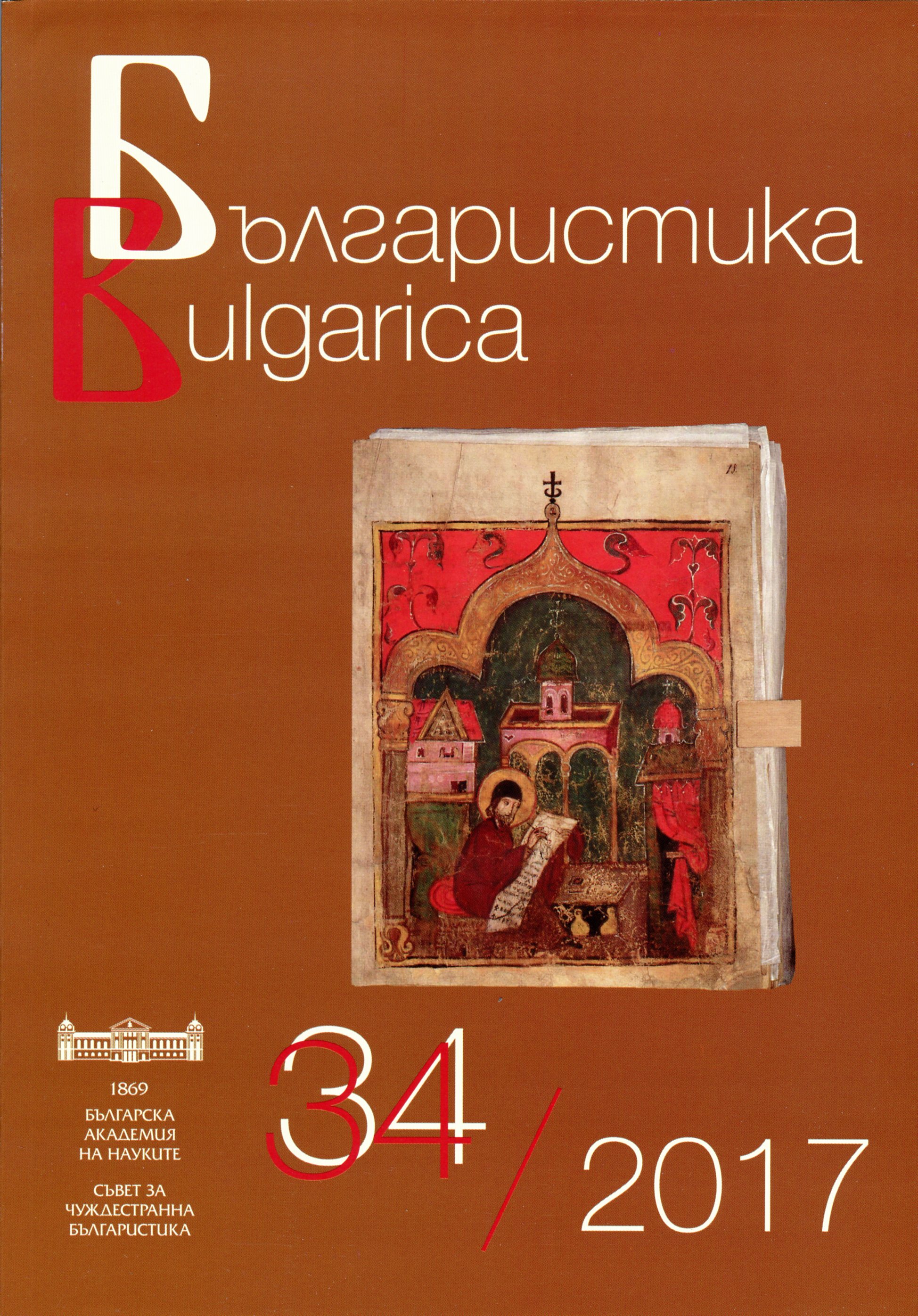
We kindly inform you that, as long as the subject affiliation of our 300.000+ articles is in progress, you might get unsufficient or no results on your third level or second level search. In this case, please broaden your search criteria.


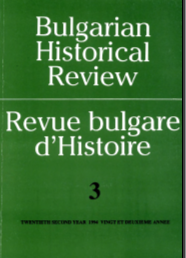

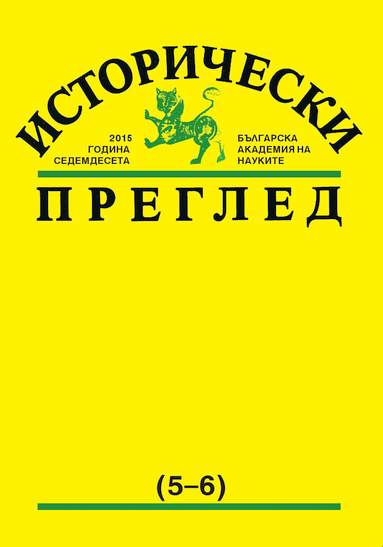
On the basis of one voynuk register from 1529, as well as of three lists of timars and waqfs from 1516, 1530 and 1570, new data about the voynuk and rayah population of eleven settlements situated south of today’s town of Pazardzhik at the foot of the Western Rhodopes, is presented in the article. Most of these voynuk villages were within the borders of the Chepino nahiya, which in different times was part of the Samokov or Tatar Pazardzhik kazas. The data from the voynuk register of 1529 and from one waqf list from 1570 gives reasons to disprove the legendary knowledge about the presence of a big group of voynuks in the Chepino region, who according to the published by Stefan Zahariev “chronicle story” of Priest Metodi Draginov, became the main reason for the allegedly violent imposing of Islam among the local population. There was the opinion that this part of the “chronicle story” is fictional interpretation by Stefan Zahariev himself. The obvious contradiction between the historical reality and the “chronicle” of Metodi Draginov consists of the fact that in the first half of ХVІ century no big group of voynuks, except for three voynuk families from the village of Rakitovo, lived in the villages in the Chepino region. In ХVІІ century, when according to the “chronicle note”, the dramatic events of islamization of the voynuks from the Chepino region allegedly happened, this population category had long before disappeared from the historic scenery of this region of Bulgaria, as around 1570 the last voynuks from Rakitovo were recorded as ordinary rayah from the waqf of Sultan Suleiman I Kanuni.
More...
The current work aims to create a clear image of the classification of source materials used in the research of the demographic development of the Bulgarian territories during the Renaissance as well as to determine the place of the Greek sources among them. Various source material classifications have been considered in the study of historical demography. The most common classification in the study of the Bulgarian historical demography is based on the source language. According to the language criterion the sources for the demographic development of the Bulgarian territories during the Renaissance are classified in four main groups – Bulgarian, Ottoman, Greek and others. The amount and diversity of Greek source materials allow: 1) the support of already existing hypotheses by providing already known data; and 2) disproving already existing hypotheses or building new ones by providing unknown data. Although the Greek sources greatly improve our vision about the historical demography of the Bulgarian territories during the Renaissance, our research shows that by only considering Greek sources we would not get a realistic image. Rather, we should consider these sources as a part of the whole source base and analyze them together with sources from the other three language classes.
More...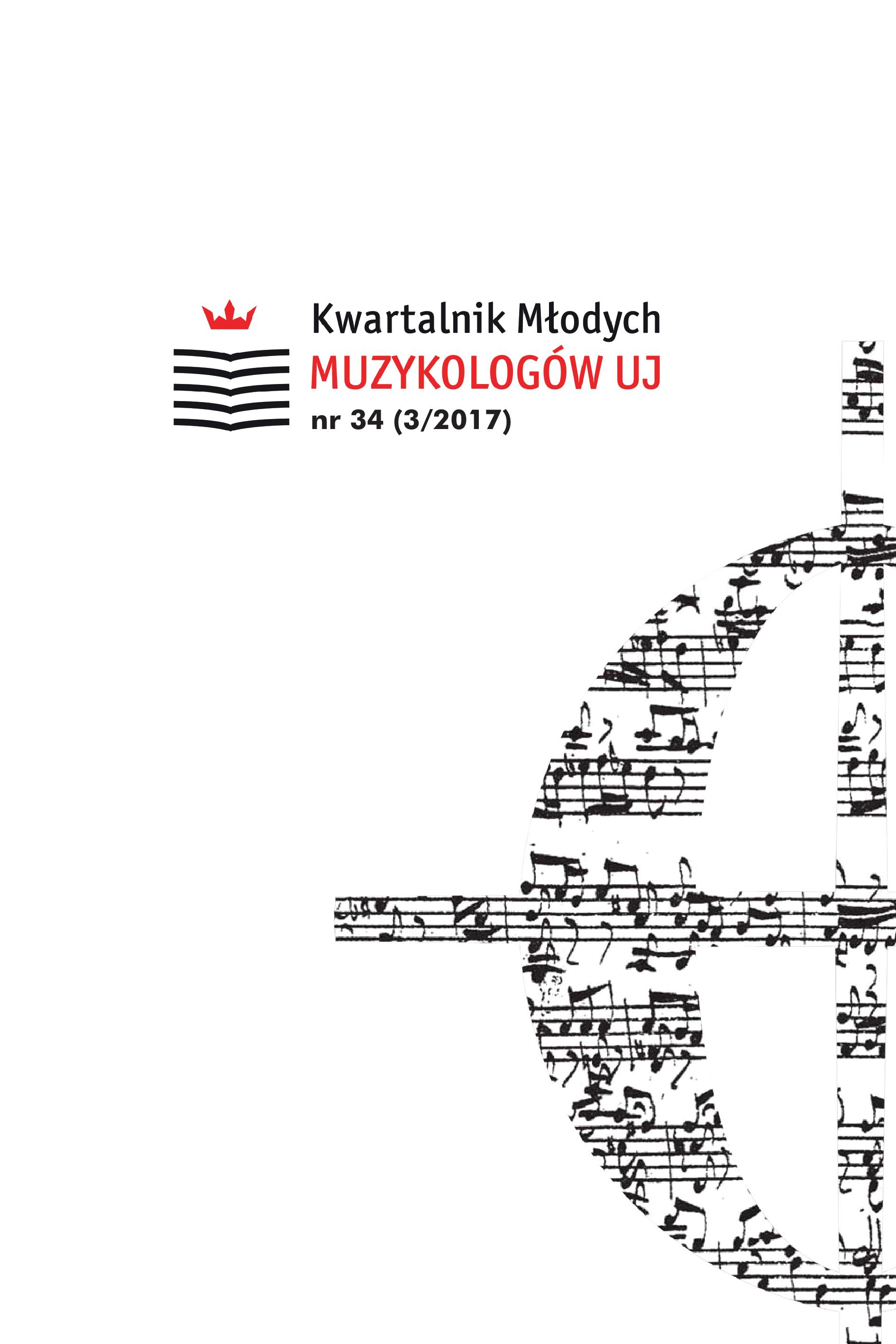
The interbellum was a period when the spontaneous popularity of Jewish music was born. Its expansion in the area of general culture coincided with the rise of a strong institutional and media backing for the musical activities (which means that this music had to have a market value), and on the other hand—with the revival of the national Jewish movement in its various ideological forms, all of which acknowledged a significant role for fostering their own culture. At that time, Prague was the third most important (after Vienna and Berlin) center of Jewish culture in Central Europe, and it strongly influenced the neighboring centers such as Bratislava, Budapest, or—the closest to the author of this abstract—Warsaw. In this paper, various aspects of the Jewish music’s presence in the general musical life of the interwar Prague are being discussed, namely: the open musical activity of Jewish organizations and synagogues, Jewish instrumental and choral music, as well as Jewish songs (synagogal, folk and artistic) performed in the concert halls of Prague, the activity of the group of young Jewish composers (among others: Walter Süskind, Mieczysław Kolinski, Berthold Kobias, Hermann Weiss and Frank Pollak) who formed the so-called “New Jewish School” in music, and finally, writing about Jewish music.
More...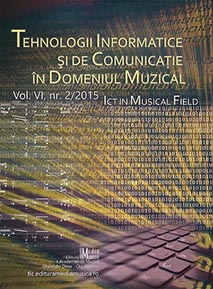
The electronic platform of the Distance Learning Department of the “Gheorghe Dima” Music Academy in Cluj-Napoca, Romania is the main means of student-teaching interaction that supports the teaching/learning activity on all levels. The educational dynamics is largely enhanced by the modular system in which the working environment has been oriented according to study objects. Due to the particular features of music study at university level, this platform benefits from software opportunities specially tailored to meet the demands of this specific kind of teaching, interaction and coordination of the continuous evaluation of users. The results we have had in our experience with this platform very clearly show the availability both of the content providers (teaching staff) and of the beneficiaries (students) for using this technology. Given the implementation, in the platform’s interior, of global systems for its evaluation, we have been able to follow the users’ requests. The analysis of requests and evaluation of assessment systems’ outcomes have led to a continuous development of the platform. By making on-line technologies more flexible so as to meet the demands of music pedagogy, superior level music education has much to gain by implementing specific instruments.
More...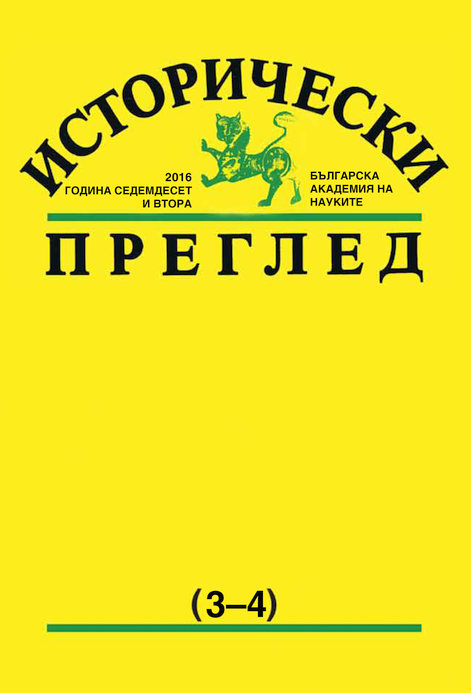
The author presents an up-to-date look at scientometrics - science which gives one of the right markers in studying the history of science for pedigree; the priority functions of the magazine as primary scientific communication are revealed - following the example of the Genealogy journal. The methodology of the study on the dynamics of the publications for the period from 1990 to 2015 is based on the historiographic and scientometric approach. Their text-critical description provides information on the state of the scientific knowledge, but its dynamics, in a synchronic and diachronic aspect, is illustrated de visu through diagrams, tables and other forms of representation of the publications.
More...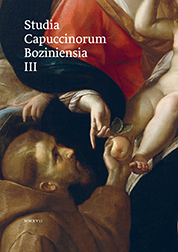
Slovak translation from Latin original edition with footnotes: „Regulae Perfectionis. Tertia pars. De voluntate essentiali, quae circa vitam supereminentem versatur“, I. cap. „Quaod voluntas Dei Essentialis a Deo nihil differat, eiusdemque cum voluntate interiore discrepantia“, X. cap. „De impedimentis huiusce annihilationis : deque subtilissimis, occultissimisque imperfectionibus contemplationis“ and XI. cap „De duplici genere annihilationis utriusque discrepantia qualiterque ad duplicem amorem faciat“ from book of Benedict of Canfield titled as „Regula perfectionis“ (Norimberg 1741, pp. 270 – 298, 364 – 392).
More...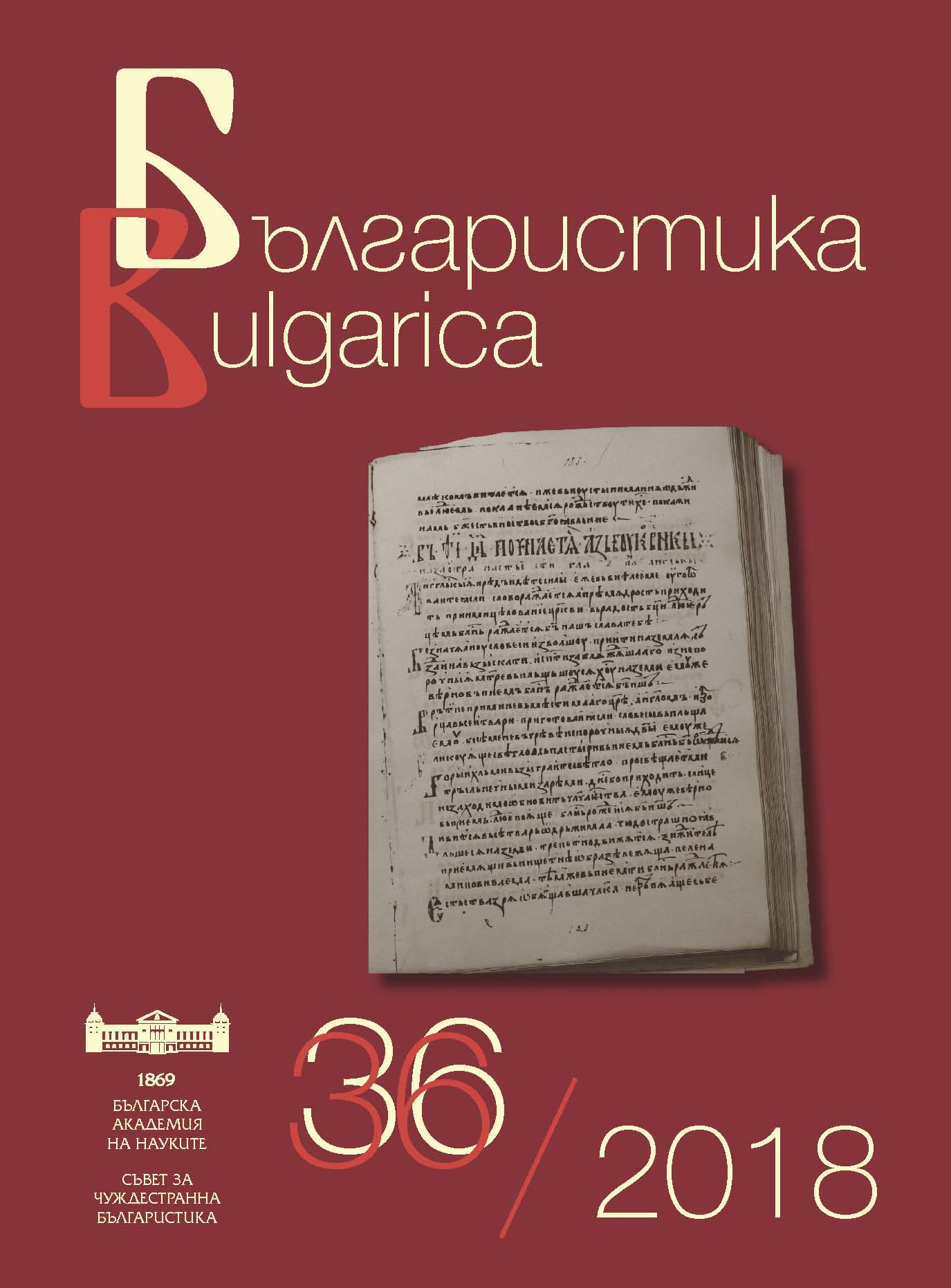
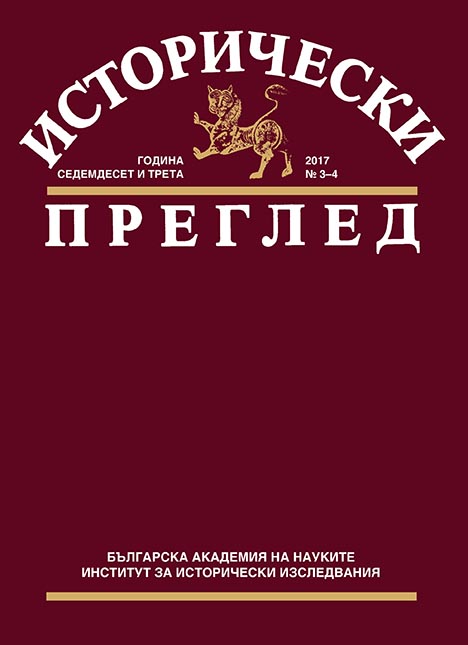
Registers of travel permits for Bulgarians, issued by the Ruse Municipality, stored in the Ruse State Archive, contain unpublished reports of alleged two short visits of Levski to Ruse in early September and mid-October 1869. These documents, despite the fragmentary information, contain invaluable information about not yet sufficiently studied aspects of the everyday life of the Bulgarian society during the Revival period, specific information about the genealogy research and reconstruction of the past regarding the intensity of trips of Bulgarians through Ruse and their ultimate goal. It is assumed that the Vasil Ivanov, registered on September 10, 1869, was Levski, who visited Ruse to meet a Polish emigrant, Rachkovsky (that is the name mentioned in the cited document, but probably it is Mr. Rovinski). The second visit is in the middle of October when Levski made an unsuccessful attempt to build a secret channel, Ruse – Giurgiu, to carry the revolutionary correspondence (the revolutionary channel Bucharest – Giurgiu – Ruse began functioning in the second half of 1871)
More...
The article presents in original and translation an unpublished source, stored in the Istanbul Ottoman Archives, which refers to the early history of the BRCC. The documentary tells of two meetings of the Bulgarian Central Revolutionary Committee (BRCC) held in Bucharest late 1869 – early 1870 and provides valuable information about Vasil Levski’s participation in the meetings. The author of the report speaks of the revolutionary preparations of the Bulgarians in Bucharest and describes the meeting of the conspirators who discussed the idea of a revolt in the Bulgarian lands in the spring of 1870. The source characterizes Levski as “one of the most active and energetic agitators … very famous.”
More...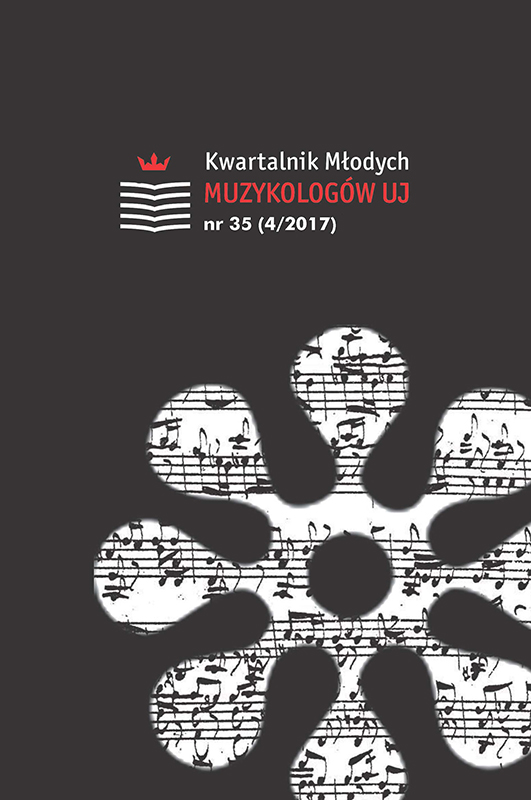
Since the middle of the 19th century, Franz Schubert’s song cycles Die schöne Mullerin and Winterreise are not only considered as an outstanding contribution to the Lied genre, but also as “romantic” compositions par excellence, whose protagonists might be depicted adequately only by performances of male singers. The “masculine nature” (Carl Lafite) of these thoughts, emotions and actions might be inappropriate for female singers. This attitude, which is still present today (even amongst professional musicians and musicologists), though, contradicts not only the performance practice of the early 19th century, but even Schubert’s handling of his songs. In fact, the idea of these two cycles as “men’s cycles” has only developed in the course of the 19th century, when various impacts such as the general upvaluation of the Lied genre, the transfiguration of the composer, the interpretation of his songs as being a personal statement, and the idea of Werktreueshaped the reception of Schubert’s compositions. These factors led to the consolidation of strong and still valid power structures, in which men are regarded as the norm, whereas women (and other alternative voice categories like countertenors) appear as deviation from this norm. These structures are tightly related to similar conditions and principles which have been outlined in the past decades by the masculinity studies on higher levels of our society. In this paper, I will set out this whole process by delineating the performance practice at Schubert’s time, his own attitude (insofar as it is possible), the various influences of romantic musical aesthetics, and the development of the mentioned performance tradition towards the end of the 19th and the beginning of the 20th century. Furthermore, a number of statements from the 21st century will demonstrate that these concepts are still common today, and I will correlate them with some certain principles pointed out by masculinity studies from the last decades.
More...
The work concerns Giovanni Battista Bassani’s output and its reception with a particular emphasis on manuscripts preserved in the collection from parish church in Grodzisk Wielkopolski. The oeuvre of this composer has been preserved to a huge amount today—there are 441 manuscripts and 67 prints preserved in 287 copies.The article consists of two parts. The first chapter presents a list of sources of the composer’s works, created using the RISM database with special attention to the Polish sources. In addition, a list of sources identified as the transmission of Bassani’s output is presented. The second part of the article characterises the composer’s works preserved in the collection from parish church in Grodzisk Wielkopolski.
More...
Dresden played no role in Carl Ditters von Dittersdorf’s life, but history made this city one of the most significant places regarding preserved sources of his works. In the Department of Special Collections (German: Sondersammlungen) of the Sächsische Landesbibliothek—Staats- und Universitätsbibliothek in Dresden (English: Saxon State and University Library Dresden, abbr.: SLUB), there are, among others, more than thirty archival sources containing Carl Ditters von Dittersdorf’s symphonies. That makes it the third richest collection of symphonic works by this composer. The majority of them comes from court’s theatre of Duke Frederick August Braunschweig-Oels in Oels (Öls, Polish: Oleśnica). It is one of the most representative collections of Dittersdorf’s symphonies from all known archives. There are several composer’s autographs, partial autographs, a large variety of works from all periods of his activity, and a few unique copies of symphonies as well. A minor body of Dittersdorf’s symphonies comes from two different sources, until recently unknown. One group is the set of partbooks (contemporary with Dittersdorf), including—apart from Dittersdorf’s works—several dozen movements of serenades, symphonies, string quartets etc. of G.B. Sammartini, J.G. Graun, J.Ph. Rameau, the Stamitz family and J. Haydn, apparently used in performances on the occasion of court activities, not in concerts. The second, from 1860s, is the set of scores, prepared by C. Mehner.
More...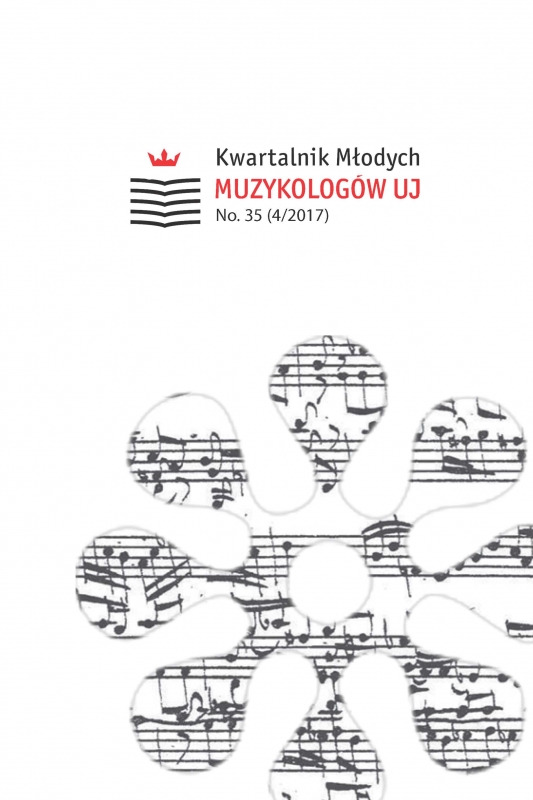
Since the middle of the 19th century, Franz Schubert’s song cycles Die schöne Mullerin and Winterreise are not only considered as an outstanding contribution to the Lied genre, but also as “romantic” compositions par excellence, whose protagonists might be depicted adequately only by performances of male singers. The “masculine nature” (Carl Lafite) of these thoughts, emotions and actions might be inappropriate for female singers. This attitude, which is still present today (even amongst professional musicians and musicologists), though, contradicts not only the performance practice of the early 19th century, but even Schubert’s handling of his songs. In fact, the idea of these two cycles as “men’s cycles” has only developed in the course of the 19th century, when various impacts such as the general upvaluation of the Lied genre, the transfiguration of the composer, the interpretation of his songs as being a personal statement, and the idea of Werktreueshaped the reception of Schubert’s compositions. These factors led to the consolidation of strong and still valid power structures, in which men are regarded as the norm, whereas women (and other alternative voice categories like countertenors) appear as deviation from this norm. These structures are tightly related to similar conditions and principles which have been outlined in the past decades by the masculinity studies on higher levels of our society. In this paper, I will set out this whole process by delineating the performance practice at Schubert’s time, his own attitude (insofar as it is possible), the various influences of romantic musical aesthetics, and the development of the mentioned performance tradition towards the end of the 19th and the beginning of the 20th century. Furthermore, a number of statements from the 21st century will demonstrate that these concepts are still common today, and I will correlate them with some certain principles pointed out by masculinity studies from the last decades.
More...
The work concerns Giovanni Battista Bassani’s output and its reception with a particular emphasis on manuscripts preserved in the collection from parish church in Grodzisk Wielkopolski. The oeuvre of this composer has been preserved to a huge amount today—there are 441 manuscripts and 67 prints preserved in 287 copies.The article consists of two parts. The first chapter presents a list of sources of the composer’s works, created using the RISM database with special attention to the Polish sources. In addition, a list of sources identified as the transmission of Bassani’s output is presented. The second part of the article characterises the composer’s works preserved in the collection from parish church in Grodzisk Wielkopolski.
More...
Dresden played no role in Carl Ditters von Dittersdorf’s life, but history made this city one of the most significant places regarding preserved sources of his works. In the Department of Special Collections (German: Sondersammlungen) of the Sächsische Landesbibliothek—Staats- und Universitätsbibliothek in Dresden (English: Saxon State and University Library Dresden, abbr.: SLUB), there are, among others, more than thirty archival sources containing Carl Ditters von Dittersdorf’s symphonies. That makes it the third richest collection of symphonic works by this composer. The majority of them comes from court’s theatre of Duke Frederick August Braunschweig-Oels in Oels (Öls, Polish: Oleśnica). It is one of the most representative collections of Dittersdorf’s symphonies from all known archives. There are several composer’s autographs, partial autographs, a large variety of works from all periods of his activity, and a few unique copies of symphonies as well. A minor body of Dittersdorf’s symphonies comes from two different sources, until recently unknown. One group is the set of partbooks (contemporary with Dittersdorf), including—apart from Dittersdorf’s works—several dozen movements of serenades, symphonies, string quartets etc. of G.B. Sammartini, J.G. Graun, J.Ph. Rameau, the Stamitz family and J. Haydn, apparently used in performances on the occasion of court activities, not in concerts. The second, from 1860s, is the set of scores, prepared by C. Mehner.
More...